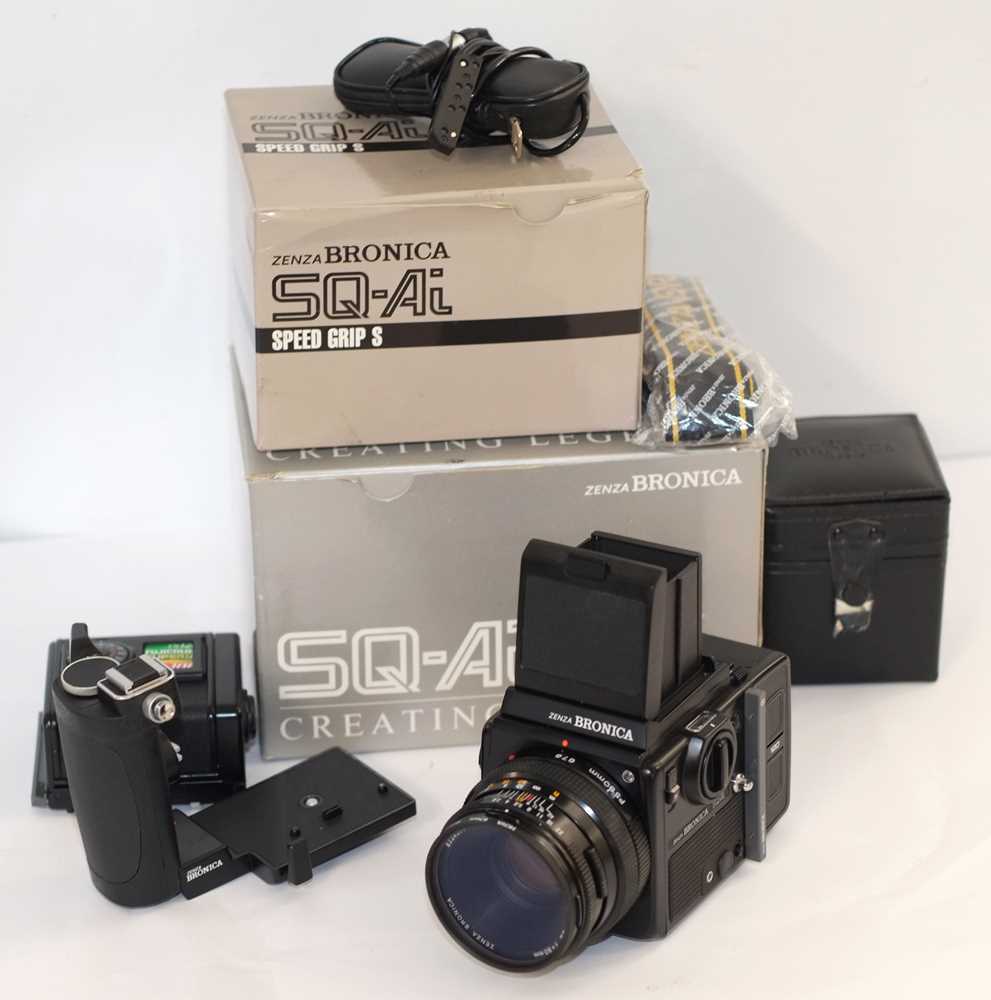

I had shot digital cameras exclusively since the 2000s and grown tired of capturing, sorting, and editing heaps of photos. Like many other photographers, I looked for inspiration to go on photo walks during lockdown, but inspiration eluded me. My partner had to cancel an upcoming visit from overseas, and I had to face the reality of being stuck in a shared flat for six weeks instead of going on a road trip as planned. Still, the initial outbreak and lockdown in Aotearoa was a punch in the gut. I was lucky to live in Aotearoa/New Zealand during the first year of the COVID-19 pandemic, spared from the long-term lockdowns, infection rates, and losses that so many others have experienced. Fifty years later, this is still the case, with Bronica S2A kits costing around one-fifth the price of Hasselblad C/M kits. Some other lenses that fit the S2A include the Nikkor-D 40mm f/4, Nikkor-O 50mm f/2.8, Nikkor-H 50mm f/3.5, Zenzanon 150mm f/3.5, and Nikkor-P 200mm f/4.ĭuring the 1960s-1970s, Bronica’s 6×6 SLRs provided photographers with alternatives to the pricey Hasselblad 500 C and C/M. Bronica partnered with Nikon to produce a line of reputable lenses for the S system. It’s sharp, fast enough for shooting indoors in decent light, and produces gorgeous images. That said, the S2A makes up for its lack of subtlety with good looks, a maximum shutter speed of 1/1000 second, interchangeable film backs, a bright viewfinder, and a safety that prevents the shutter from firing without removing the dark slide (i.e., no misfires).įrom what I can tell, the best feature of the Bronica S2A is the standard Nikkor-P 75mm (~50mm equivalent in 35mm format) f/2.8 lens.

Firing the shutter is like slamming a car door, so you can forget about being discreet with this camera. Weighing in at just under 2 kg, the Bronica S2A is a tank, almost to the point of being absurd. The S2A is unique in having an ‘instant return automatic mirror’ that swings down instead of up during exposure, which allows space for wide-angle and deep-seated lenses that extend far into the camera body. It was the last fully mechanical 6×6 SLR among Bronica’s Z/D, C, and S series, and later replaced by the electronic EC model.

It is used in wedding and portraiture as well as for architectural, landscape, and commercial applications.The Bronica S2A is a hefty 6×6 focal plane medium format SLR produced in Tokyo from 1969-1977. This is also the normal lens that gives the closest perspective to the human eye. It has tremendous resolving power resulting in edge-to-edge sharpness. This is the fastest lens available for the SQ, making it an excellent choice for available low-light situations. The camera will release the back when the dark slide is inserted and the release button pressed. The film back adopted some of the dark slide features of previous models. The shutter release button can be locked with a twist of the collar to prevent mistaken exposures. The main film crank can be removed to attach a winder or speed grip.

The film back also contains a crank, useful for setting the film start index. Since the body and back need to be synchronized, make sure to wind the film crank completely before attaching the back.
BRONICA SQ SPEEDGRIP ISO
The backs contain an ISO speed dial setting that is coupled to metered finders. Since it's a leaf shutter-based camera system, flash sync is available at all speeds.Īn interchangeable back system was incorporated that has the ability to use 120 or 220 (12 / 24) exposure film backs. The sync connector is located on the front of the camera by the lens mount.
BRONICA SQ SPEEDGRIP PLUS
plus T with the focusing helicoid built-in to each lens. The lens system has a Seiko manufactured electronic shutter with a speed of 8 sec.
BRONICA SQ SPEEDGRIP SERIES
They are not compatible with the older series of focal plane shutter cameras. Similar to the 6x4.5 based ETR series that came before it, the SQ uses a leaf shutter-based lens design. The Bronica SQ is a 6圆 medium format SLR camera that replaced the Bronica EC as their 6圆 format camera from August 1980. It was made in 1996, making it the newest camera in the SQ line. The SQ-B is a simplified version of the SQ-A.


 0 kommentar(er)
0 kommentar(er)
